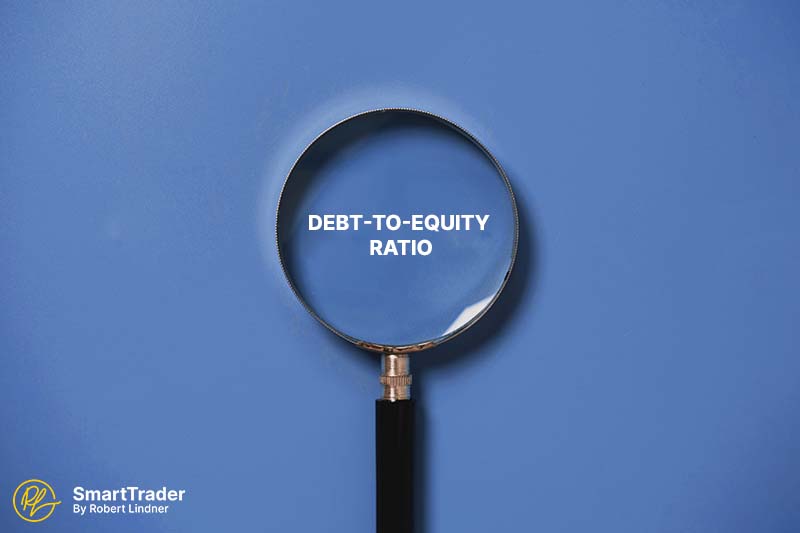[‘det-‘tü-‘e-kwa-te'ra-she-,o]
Debt-to-Equity (D/E) ratio is a financial ratio that is used to assess a company's leverage, or how much debt it has relative to its equity.
What is Debt-to-Equity (D/E) Ratio?
The Debt-to-Equity (D/E) ratio is a financial metric that compares a company's total liabilities, including both short-term and long-term debt, to its total shareholder equity. This ratio is commonly used by investors and analysts to evaluate a company's level of leverage, which is the amount of debt a company has in relation to its equity. By assessing a company's D/E ratio, investors and analysts can better understand the company's financial health and risk profile.
A high D/E ratio suggests that a company has a significant amount of debt relative to equity, which can indicate that the company is highly leveraged and may be at a greater risk of defaulting on its debt obligations. Conversely, a low D/E ratio suggests that a company has a relatively small amount of debt compared to equity, which can indicate that the company has a stronger financial position and may be better able to weather economic downturns.
Key Takeaways
- The debt-to-equity ratio is a financial metric that measures a company's leverage, which is the extent to which it is using debt to finance its operations.
- By comparing a company's total liabilities to its shareholder equity, the D/E ratio can help investors and analysts evaluate a company's financial health and risk profile.
- The D/E ratio is a common financial metric used in investment analysis to assess a company's investment potential and determine whether it is a sound investment.
- The ideal D/E ratio varies depending on the industry and the specific company, but generally, a ratio of less than 1.0 is considered to be favorable, as it indicates that the company has more equity than debt.
- What is considered to be a good D/E ratio can vary depending on the industry and the specific company. Industries that require more investment in fixed assets, such as utilities or manufacturing, typically have higher D/E ratios.
Example of Debt-to-Equity (D/E) Ratio?
Company A has total liabilities of $3,000,000 and total shareholder equity of $1,000,000. To calculate Company B's debt-to-equity ratio, we divide its total liabilities by its total shareholder equity:
Debt-to-Equity Ratio = Total Liabilities / Total Shareholder Equity
Debt-to-Equity Ratio = $3,000,000 / $1,000,000
Debt-to-Equity Ratio = 3
In this example, Company B's debt-to-equity ratio is 3, which means that the company has three times as much debt as it does shareholder equity. This ratio suggests that Company B is using a relatively high amount of debt to finance its operations, which may be riskier compared to companies with lower debt-to-equity ratios. However, it's important to note that what is considered a good D/E ratio can vary depending on the industry and other factors, so investors should compare a company's D/E ratio to industry benchmarks and other metrics before making investment decisions.
Back to Glossary.




